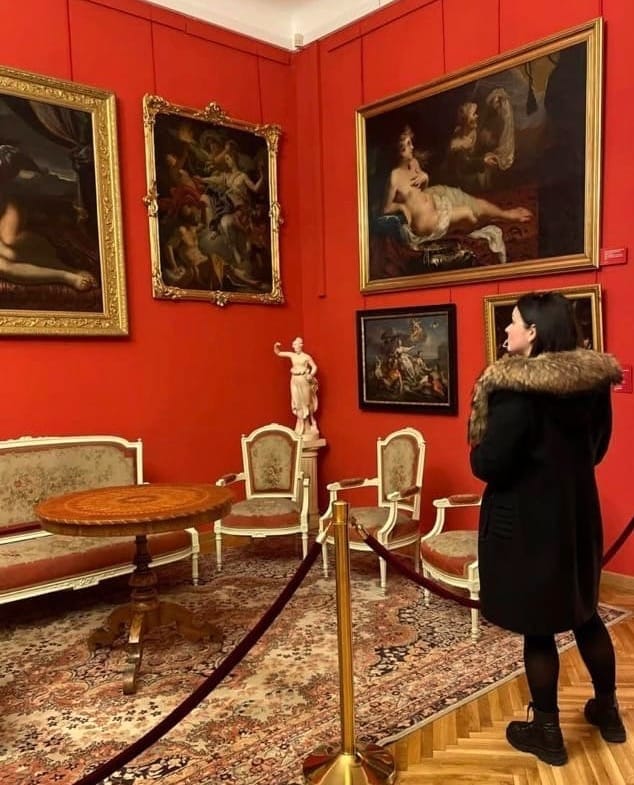What makes something worth remembering?

Art that stays with us usually does one of several things: it reflects something deeply personal, confronts us with an unfamiliar truth, or evokes an emotion we can’t quite put into words. A viewer might remember a portrait because it reminds them of a loved one, or a surreal landscape because it echoes a dream they’ve had.
There’s also the aura of the experience. The dim light of the gallery, the quiet hum of reverence, the feeling of being alone yet connected with something eternal—these contextual cues make an artwork memorable, not just the object itself.
And sometimes, it's ambiguity that haunts us. A work that resists easy interpretation tends to linger, inviting us to return, rethink, and reinterpret. That’s the paradox: the more a piece eludes comprehension, the more our minds hold onto it.
So, what makes art worth remembering? It's not only the craft, but the way it touches a nerve, asks a question without answering it, or captures something fleeting—like the stillness of that woman in the museum, and whatever thought the painting stirred in her.